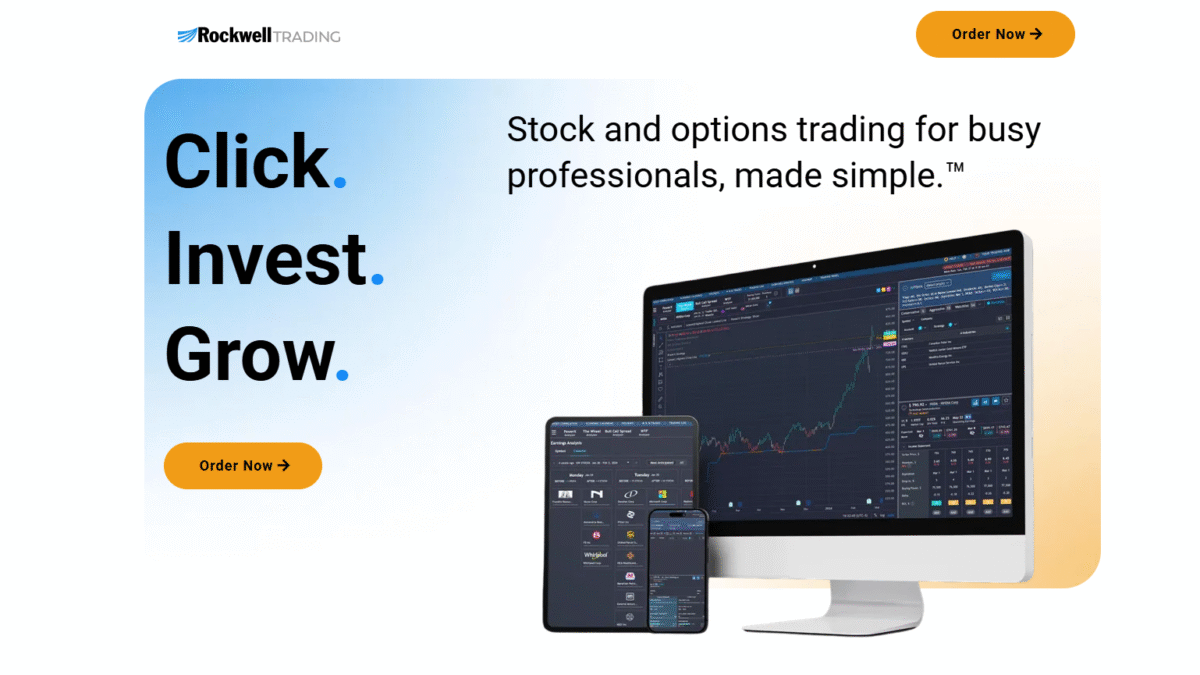
Futures Trading Strategies: Proven Techniques to Maximize Your Profits
Mastering Futures Trading Strategies
Futures trading strategies can unlock significant profit potential when you apply disciplined techniques and solid risk management. Whether you’re a novice trader or a seasoned professional, understanding the key approaches—from trend following to spread trading—will help you navigate volatile markets and capture consistent gains.
1. Trend-Following Techniques
Trend-following is one of the most widely used futures trading strategies. The idea is simple: identify the prevailing market direction and trade in its favor. Popular tools include moving averages, trendlines, and momentum indicators like the MACD or RSI.
- Moving Average Crossovers: When a short-term moving average crosses above a long-term moving average, it signals a buy; the opposite crossover signals a sell.
- Breakout Confirmation: Trade breakouts above resistance or below support levels, confirmed by volume spikes or momentum readings.
- Trailing Stops: Protect profits by trailing your stop-loss order a set distance behind the current price as the trend advances.
2. Mean-Reversion Approaches
Mean-reversion strategies assume prices will revert to an average or equilibrium level after extreme moves. This technique works best in range-bound markets or when volatility spikes create overbought or oversold conditions.
- Bollinger Bands: Enter a long position when the price touches the lower band and shows bullish reversal signals; short when it hits the upper band with bearish confirmation.
- Oscillator Divergence: Look for divergences between price action and indicators like RSI or Stochastics to predict reversals.
- Pair Trades: Select two highly correlated futures contracts; when their price relationship diverges, go long on the underperformer and short on the outperformer.
3. Spread Trading Strategies
Spread trading involves simultaneously buying one futures contract and selling another to capitalize on the price differential. This reduces overall market risk and can profit from changing relationships between related instruments.
- Calendar Spreads: Trade contracts with different expiration months in the same commodity to exploit seasonal patterns or rollovers.
- Inter-Commodity Spreads: Pair related markets—like crude oil vs. heating oil—to profit from shifts in supply, demand, and refining margins.
- Inter-Market Spreads: Trade differences between equity index futures, such as the S&P 500 vs. Nasdaq, to take advantage of sector performance divergences.
4. Momentum and High-Frequency Tactics
Momentum strategies seek to profit from short-term bursts of price movement. High-frequency techniques often rely on algorithmic execution, but manual traders can apply scaled-down versions.
- Level 2 Order Flow: Analyze order book imbalances and trade around large bid/ask walls.
- News-Based Scalping: Execute quick in-and-out trades around scheduled economic releases or corporate announcements.
- VWAP Strategies: Trade around the Volume Weighted Average Price to capture intraday momentum swings.
5. Risk Management Essentials
No set of futures trading strategies is complete without strict risk controls. Discipline in position sizing, stop placement, and drawdown limits safeguards your capital and psychological well-being.
- Fixed Percentage Risk: Never risk more than 1–2% of your account on a single trade.
- Daily Loss Limits: Establish a maximum drawdown per day to prevent emotionally driven chop trades.
- Diversification: Spread exposure across different asset classes and contract months to reduce correlation risk.
6. Leveraging The Trading Pit
Consistent application of sophisticated futures trading strategies requires the right support and infrastructure. That’s where The Trading Pit comes in. As a leading prop firm, The Trading Pit offers an ideal environment to build your career in three straightforward steps:
- Take the TTP Challenge: Choose the trading challenge that aligns with your style and pass it to prove your edge.
- Access Your Earning Account: Sign the Signal Provider agreement after you pass and start sharing in your trading profits.
- Long-Term Partnership: Demonstrate consistency, and The Trading Pit will continue scaling your account balance for even greater earnings.
The Trading Pit’s unique rules on drawdowns and disciplined trading practices complement your favorite futures trading strategies, keeping risk controlled while maximizing upside. Ready to take your approach to the next level? Get 25% OFF The Trading Pit with code PROPQUIZ25.
7. Education and Community Support
Building expertise in futures trading requires ongoing learning. The Trading Pit provides a rich array of educational tools:
- Ebooks: A comprehensive library covering fundamentals, advanced strategies, and market psychology.
- Webinars: Live sessions packed with analysis, expert insights, and actionable trade setups.
- Podcasts: Weekly episodes where veteran traders share lessons learned and emerging trends.
- Videos & Infographics: Visual tutorials that break down complex topics into bite-sized lessons.
- Press Releases: Stay updated on the latest market-moving news and firm developments.
8. Putting It All Together
Armed with trend-following methods, mean-reversion plays, spread tactics, and momentum scalps—plus disciplined risk management—you have a robust toolkit of futures trading strategies. Combine this knowledge with the resources and capital backing of The Trading Pit, and you’ll be positioned to maximize profits while keeping drawdowns in check.
Success in futures markets is a marathon, not a sprint. Continual learning, systematic execution, and the right partner will pave the way to consistent returns. Embrace these proven techniques and elevate your performance by joining The Trading Pit today: Get 25% OFF The Trading Pit with code PROPQUIZ25.
